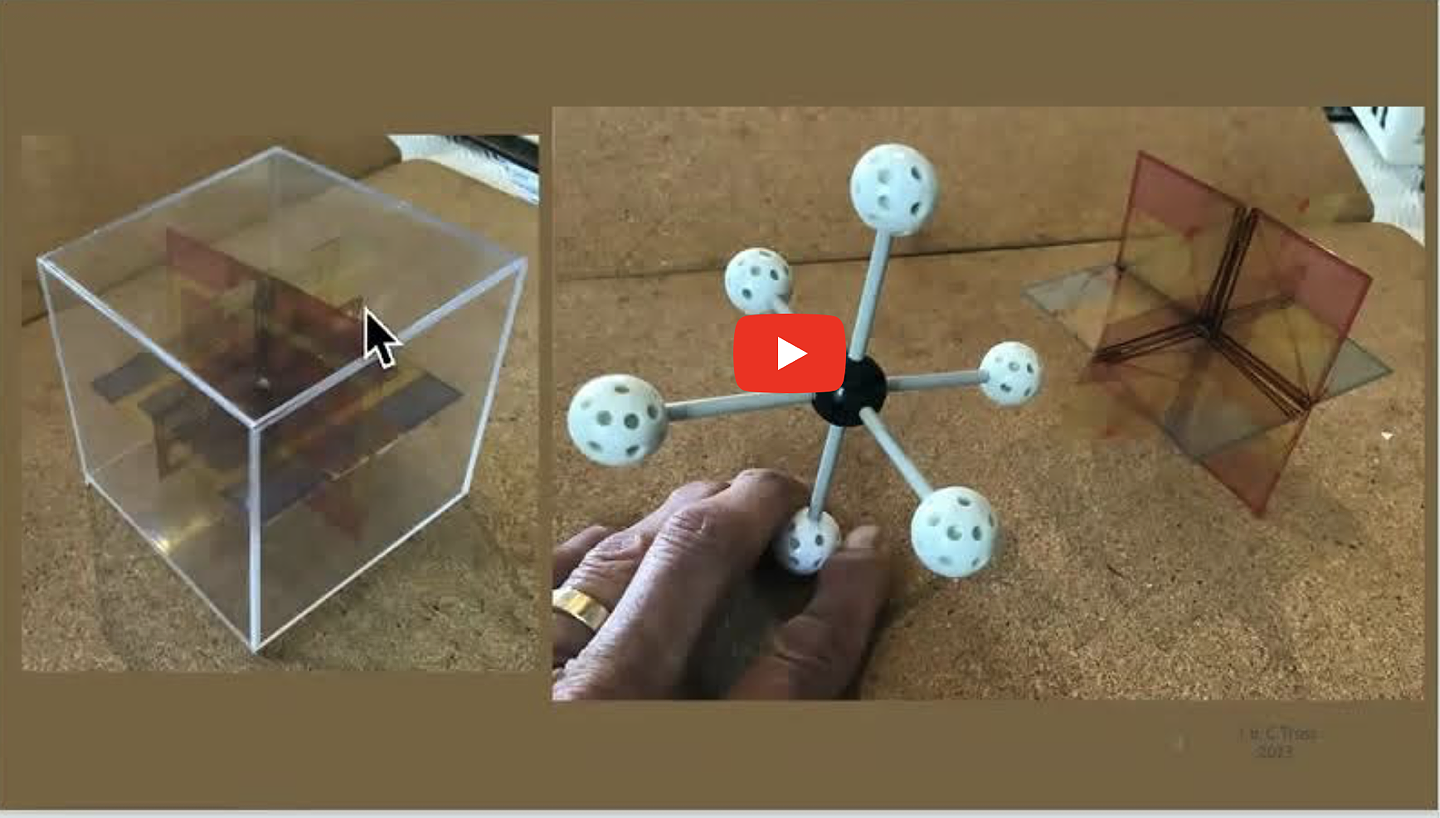
Stafford designed Syntegration based on the architectonics of the icosahedron. He invented it to mitigate the enormous homeostatic disequilibrium between S3 and S4. He chose the icosahedron because he accepted Buckminster (Bucky) Fuller’s assertion that ‘all systems are polyhedra’, and knew what Plato had discovered and elucidated that there are only five Regular polyhedra. As Stafford needed the equivalence of the regulars and the largest one to accommodate the high variety of the interactions, he chose the icosahedron that has 30 edges (participants), 12 vertices (topics) and 20 faces (FACE planning). This became the Staffgraph Syntegration as described in Beyond Dispute.
Over the past 20 years I have continued to work with my wife and partner, Christine Truss (then Cullen), who was key to developing the logistics systems in the early days of Syntegration events. She helped to develop the roles of organizer, facilitator and logistician and has worked closely with me on developing the structures and geometry of the ‘Tetraverse’, a set of universal structures derived from a first principle approach to understanding complex science without the formal mathematics. Our approach uses cosmology as a frame to validate the geometry and the construction of models to encourage whole body learning and comprehension. We are jointly writing ‘Book of Codes’ about this Universal geometry.
This webinar will deal with the development of the meta-architecture that informs Team Syntegrity and will show how it underlies the regular polyhedra and structure in general.
It will go beyond the findings in the paper: the coherent architecture of Team Syntegrity – from small to mega forms, by Truss, Cullen and Leonard, which will provide a good introduction to the structures of Syntegration.
Paper available by request to Angela.
Speaker Bio
I was one of the original co-founders of the company Team Syntegrity Inc. with Stafford Beer. I worked intimately with him spending some 10,000 hours together during the last twelve years of his life. I contributed 2 chapters to his book “Beyond Dispute – the Invention of Team Syntegrity” (Wiley -1994) and delving deeply into the underlying geometry of the icosahedron led the development of a suite of applications of the TS method that removed the constraints of thirty people and five days without compromising the mathematical integrity of the method.
I was President and Board Director from the formation of the company in 1991 and Chairman and Development Director from 1996. I am presently Development Director for requisite innovation for Team Syntegrity and Syntegration.
Notes
